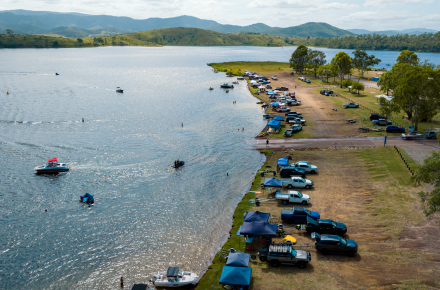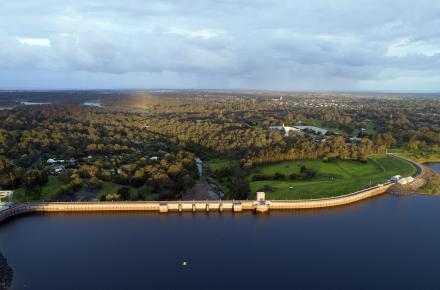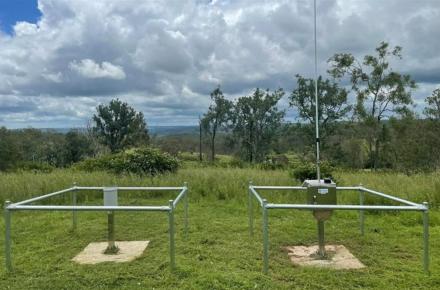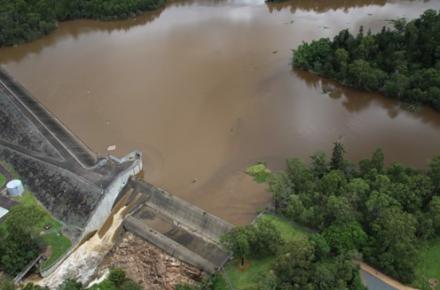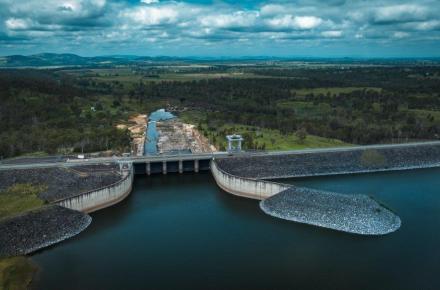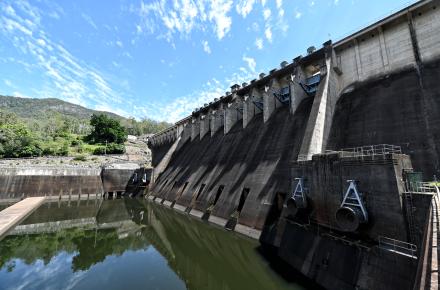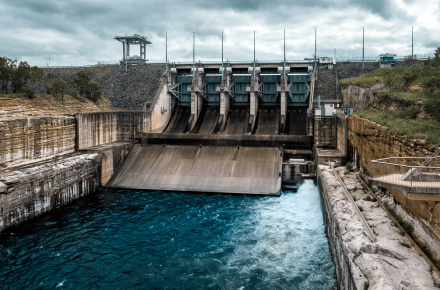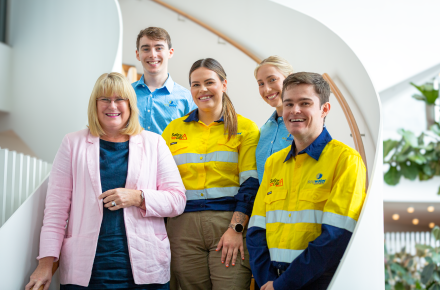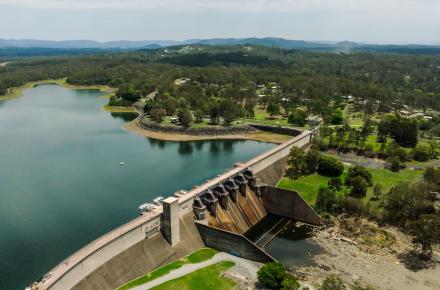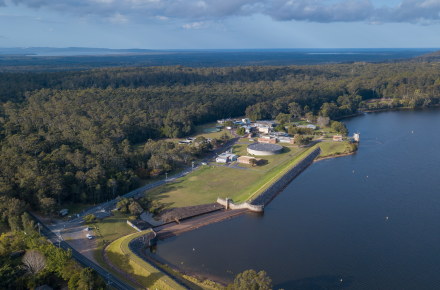Justine works to conserve the local water and Country through her role as educator with Ngarang-Wal Gold Coast Aboriginal Association Incorporated (GCAAI).
“The name Ngarang-Wal refers to ‘neerang’, the word for the shovel-nose ray. We chose this title as our people occupied camps close to the river and used this animal as a food source - along with many other flora and fauna species - along the Nerang River,” she said.
“Our people used Nerang River as a transport passage to the saltwater. Ngarang-Wal was referred to some Elders as meaning ‘Nerang River’.
“We are known as the Saltwater people too. There is enormous and significant evidence of Kombumerri occupation on the banks of the Southport Broadwater and many other places here on the Gold Coast.”
The Kombumerri People have been officially dated at living in the area for more than 20,000 years, as the first people of the Gold Coast region.
Their Country stretched from the Coomera River to the north, south to the Tweed River, West to the Gold Coast Hinterland and east through the Broadwater and ocean.
“My goal is to preserve our Kombumerri Cultural Heritage and engage in environmental conservation efforts on our Country,” Justine said.
“I am continually learning and teaching my culture and Country to our Gold Coast community as part of my role as an educator.”
In amongst Justine’s efforts to educate and conserve, upholding this year’s National Water Week theme: ‘Caring for water and Country’ holds great importance to her.
“I share education with my local community in many ways about our Kombumerri culture, language and our local environment,” she said.
“I teach my daughter, nieces and nephews our way, my Elders taught them too, we have lost a lot of Elders the last few years so a lot of us have had to step up and keep the culture active and ensure we have succession.”
Meanwhile, the upper reaches of the Nerang River is now an essential water source for Gold Coast residents, feeding into Seqwater’s drinking water supply dams Hinze and Little Nerang.
These important catchments are cared for by a dedicated team of Seqwater Rangers and support staff including Recreation and Catchment Operations Supervisor Matthew Wellington.
“Seqwater is responsible for a large portion of the Nerang River and Hinze Dam catchment which means we manage a lot of the bushland area that surrounds the dam,” Matthew said.
“We aim to improve the health of our catchment area through many and varied means by using regeneration practices as much as possible, which means if we can manage the weeds on the fringe areas of native bushland, the native vegetation can regenerate in these areas with greater success.
“We know that fire has been an important factor in the evolution of the areas we manage, so we often use it to reduce our weed abundance and allow the native forest to regenerate in these freshly burned areas.”
Matthew said the team understood that a healthy catchment means good water quality for the dam.
“But a healthy catchment means so much more for the local flora and fauna of the region, providing refuge for many of our native species to proliferate,” he said.
“This means our Southern Catchment and Recreation team can focus its efforts on maintaining a healthy catchment and restoring any degraded areas within our control.
“This brings many benefits to the local biodiversity of the region, while keeping the water as clean as it possibly can be.”
Matthew said the idea of Caring for water and Country was highly valued by him and his team in their day-to-day lives.
“Our team see ourselves as the temporary custodians of the land we manage – passed down through generations before us over many thousands of years,” he said.
“Our aim is to pass this land to the next generation in a better condition than we received it.”

